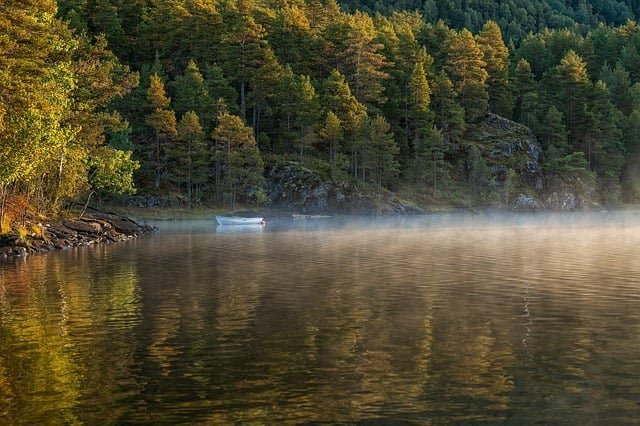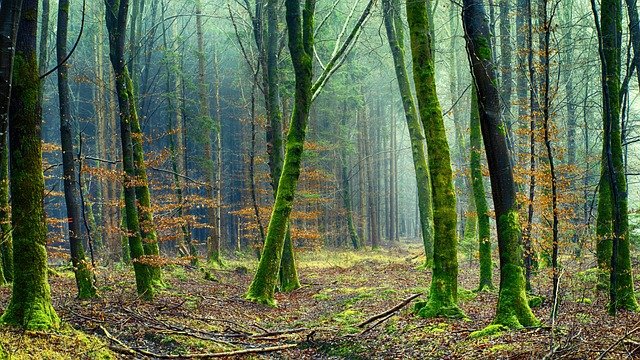**Title: "The Evolution of Storytelling in Video Games

The Secret Lives of Urban Wildlife
Urban environments are often seen as concrete jungles, bustling with human activity and devoid of nature. However, beneath the surface of city life lies a vibrant ecosystem teeming with wildlife. From raccoons rummaging through trash cans to hawks soaring above skyscrapers, urban wildlife has adapted remarkably to life in the city. In this post, we’ll uncover the secret lives of these resilient creatures and explore how they thrive in urban settings.
1. The Adaptability of Urban Wildlife
Urban wildlife has shown incredible adaptability to human-altered landscapes. Species such as pigeons, squirrels, and foxes have modified their behaviors and diets to exploit the resources available in cities. Here are some examples:
- Pigeons: Often considered pests, these birds have learned to thrive on discarded food and have adapted to nest on buildings rather than in trees.
- Squirrels: These agile creatures have mastered the art of navigating urban parks and gardens, often stealing food from bird feeders and raiding trash bins.
- Coyotes: Once primarily found in rural areas, coyotes have expanded their territory into cities, where they hunt small mammals and scavenge for food.
2. The Hidden Habitats of Urban Wildlife
Despite the hustle and bustle of city life, many animals have found unique habitats within urban areas. Here are some surprising locations where wildlife can be found:
- Rooftops: Many birds, including hawks and owls, use rooftops as nesting sites and vantage points for hunting.
- Parks and Green Spaces: Urban parks serve as critical habitats for a variety of species, providing food and shelter for everything from deer to butterflies.
- Alleyways and Gardens: These often-overlooked spaces can be rich in biodiversity, attracting insects, small mammals, and even reptiles.
3. The Importance of Urban Wildlife
Urban wildlife plays a crucial role in maintaining ecological balance and enhancing the quality of life in cities. Here are a few reasons why these creatures matter:
- Pollination: Bees and butterflies are vital for pollinating urban gardens and parks, contributing to food production and biodiversity.
- Pest Control: Predators like hawks and owls help control populations of rodents and other pests, reducing the need for chemical pest control.
- Community Connection: Observing urban wildlife can foster a sense of connection to nature and promote conservation efforts within communities.
4. How to Support Urban Wildlife
You can help support urban wildlife in your area by making small changes in your environment:
- Create Wildlife-Friendly Spaces: Plant native plants in your garden to attract pollinators and provide shelter for small animals.
- Reduce Chemical Use: Limit the use of pesticides and herbicides to create a healthier environment for wildlife.
- Provide Food and Water: Set up bird feeders, birdbaths, and native plant gardens to provide essential resources for urban wildlife.
Conclusion
The secret lives of urban wildlife are both fascinating and essential to the health of our cities. By understanding and appreciating these resilient creatures, we can create a more harmonious coexistence between humans and nature. So next time you spot a raccoon scurrying through an alley or a hawk perched on a streetlight, take a moment to appreciate the hidden world of urban wildlife thriving all around us.
Feel free to share your own experiences with urban wildlife in the comments below! What animals have you spotted in your city? 🦉🌳

All images are taken from the Pixabay.com